Isaac Julien’s Tate retrospective: multi-screens, ‘sonic tapestries’ and moments of joy
Artist and filmmaker Isaac Julien’s Tate Britain retrospective ‘What Freedom Is to Me’ questions histories, explores activism, but is also full of joy and beauty
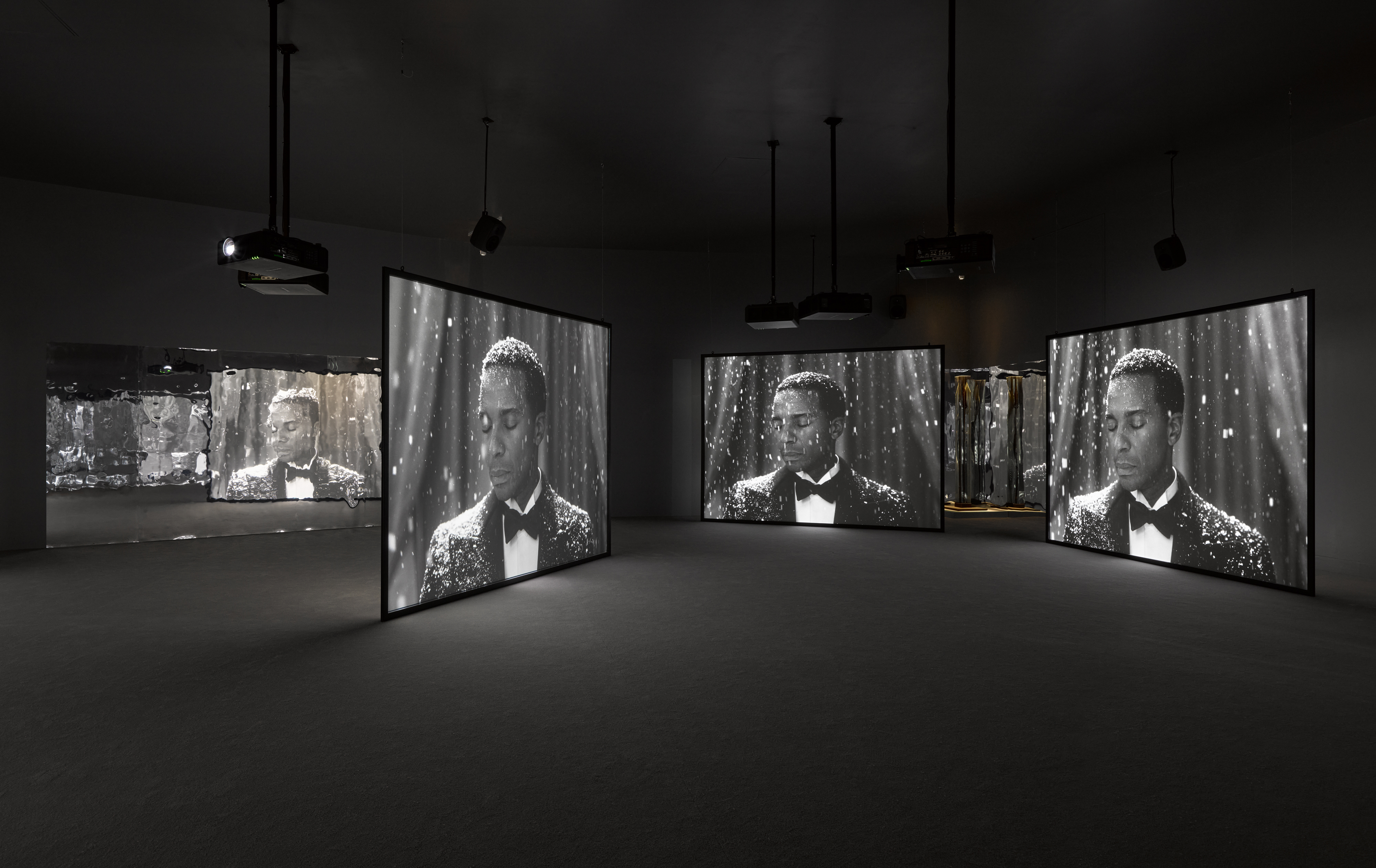
Artist Isaac Julien’ first Tate retrospective covers 40 years of work specialising in film, photography and installation exploring activism, selfhood, how we make histories, knowledge and Black and queer identity.
The first thing you see in the exhibition, which takes its title from a Nina Simone quote, is a timeline of events that most affected the artist throughout his life, starting with his parents’ migration from Saint Lucia to the UK in the 1950s. This chronology – which sits opposite one of the earliest works in the show, Territories (1984), and This is Not an AIDS Advertisement (1987) – serves as a baseline for the exhibition, in which we see Julien’s work address these same issues as his practice evolves.
Isaac Julien at Tate Britain: ‘What Freedom Is to Me’
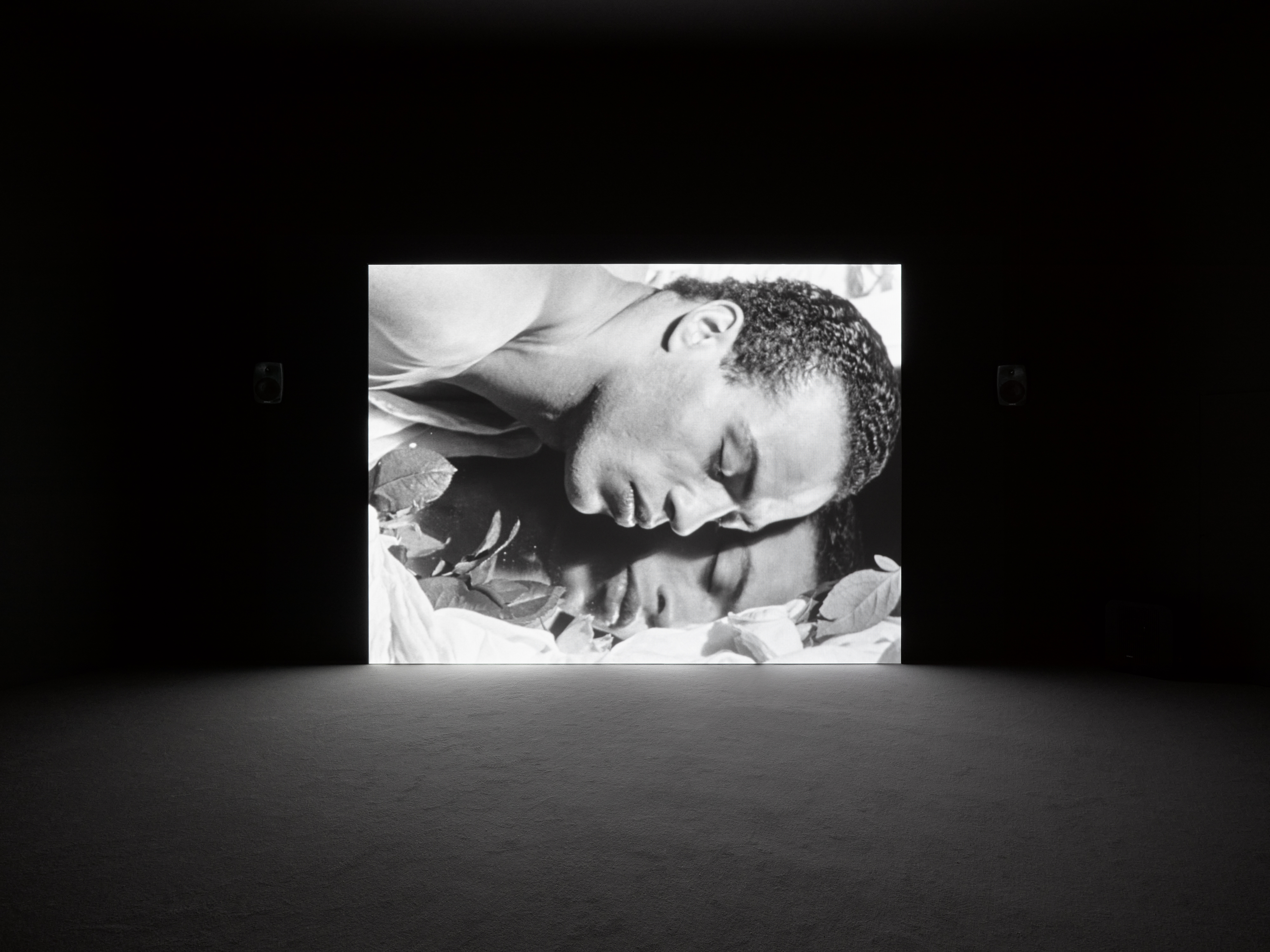
Installation view, Isaac Julien, Looking for Langston, Tate Britain, 2023
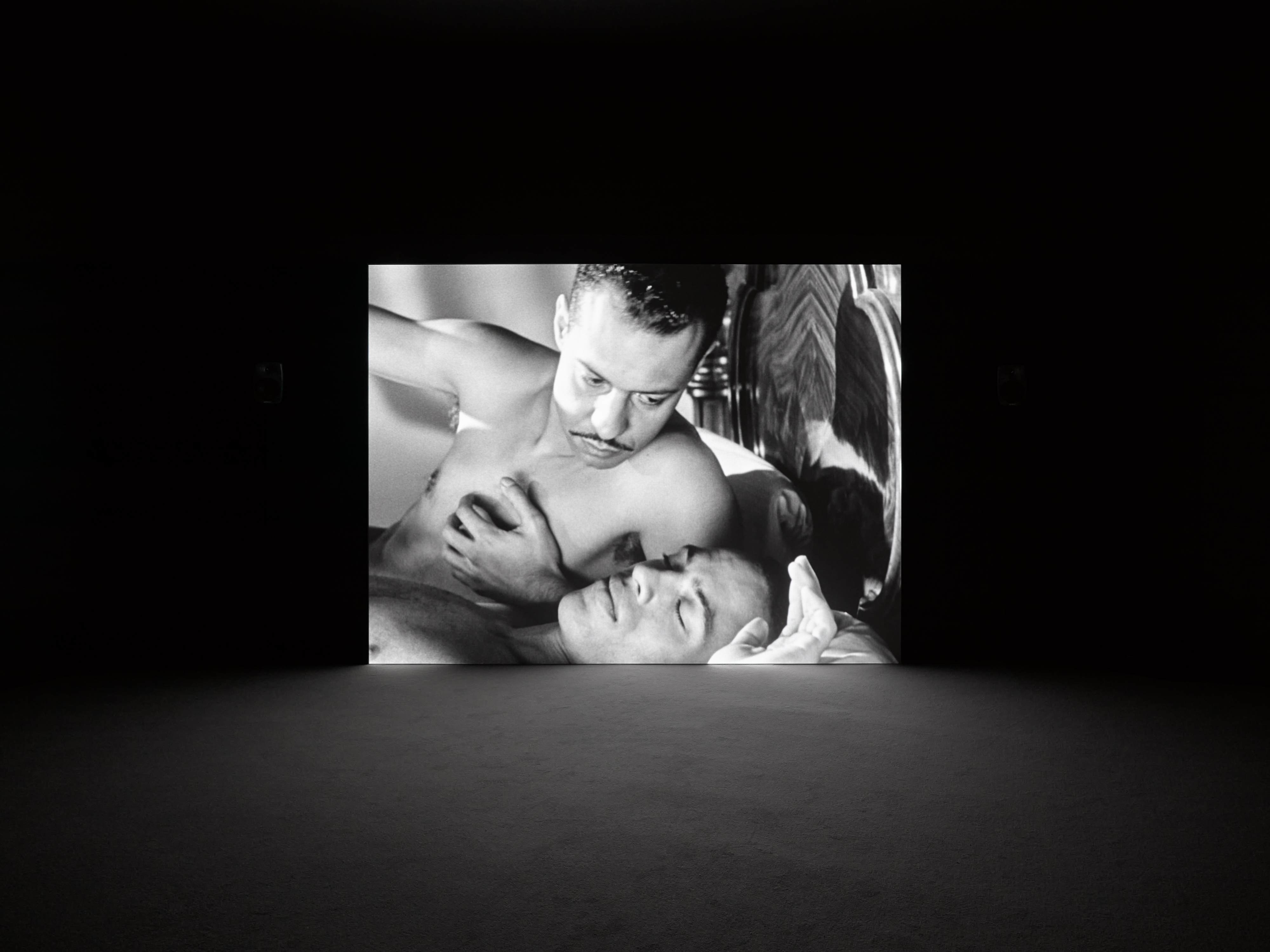
Installation view, Isaac Julien, Looking for Langston, Tate Britain, 2023
The show then opens with the artist’s most recent work, an inventive multi-channel piece about the life of writer and critic Alain Locke, Once Again… (Statues Never Die) (2022).
‘The [curation] has been in close dialogue with Isaac Julien from the outset, and that was something very important to us as curators, that we execute the vision as he conceived it, and I think it happened very organically,’ co-curator Isabella Maidment tells Wallpaper*.
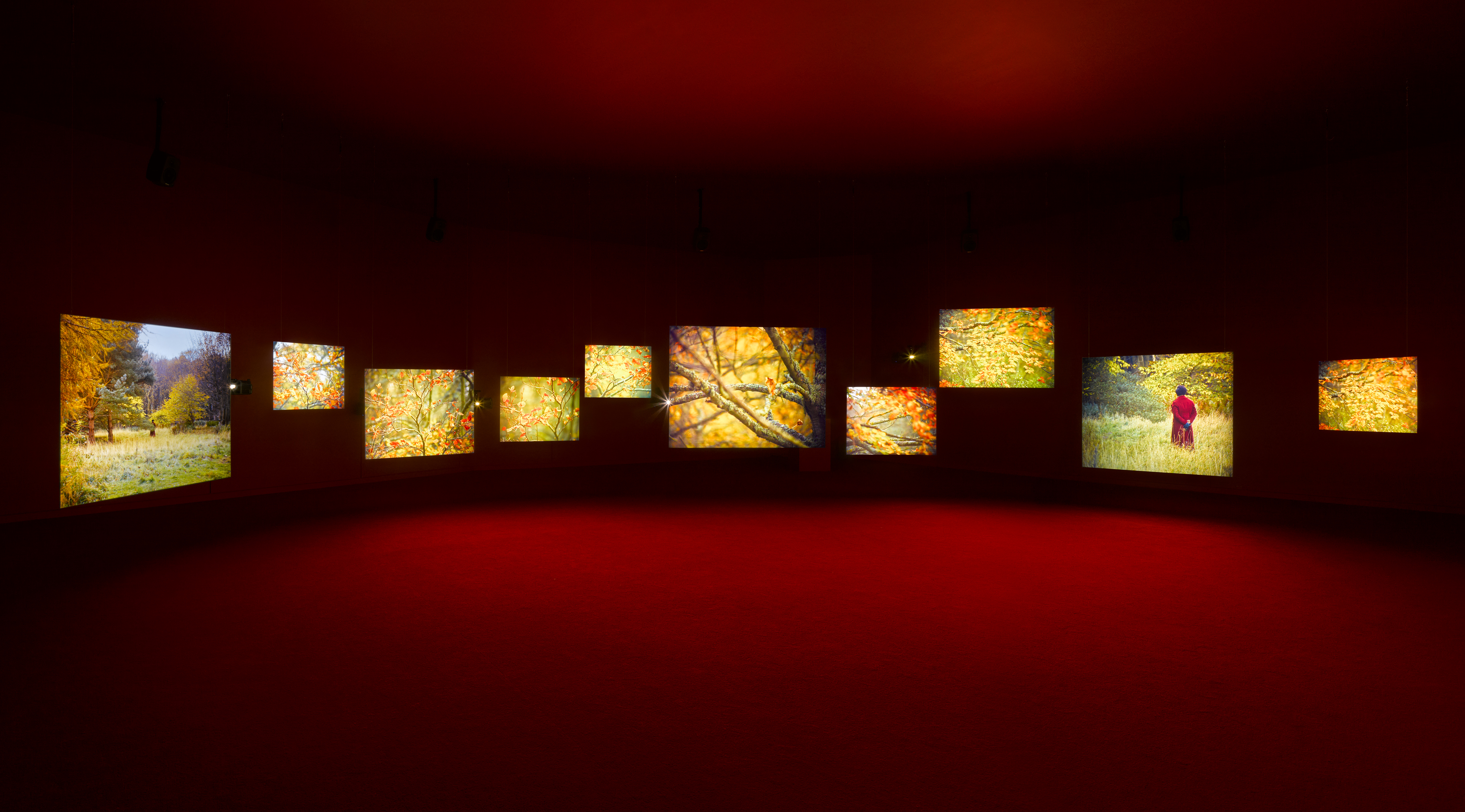
Installation view, Isaac Julien, Lessons of the Hour, Tate Britain, 2023

Installation view, Isaac Julien, Lessons of the Hour, Tate Britain, 2023
Julien’s work is so aesthetically rewarding, its beauty is often what dominates your initial experience of it. So the starting and ending of the exhibition with these early works reminds us of the origins of his practice and of the socio-political context in which it was forged.
‘Even though I go on to make other works, which perhaps are concerned with different themes […] connected to art and modernism, or migration movements, or the museum itself, they’re still connected to these kinds of early works which, for me, have become foundational,’ Julien explains.
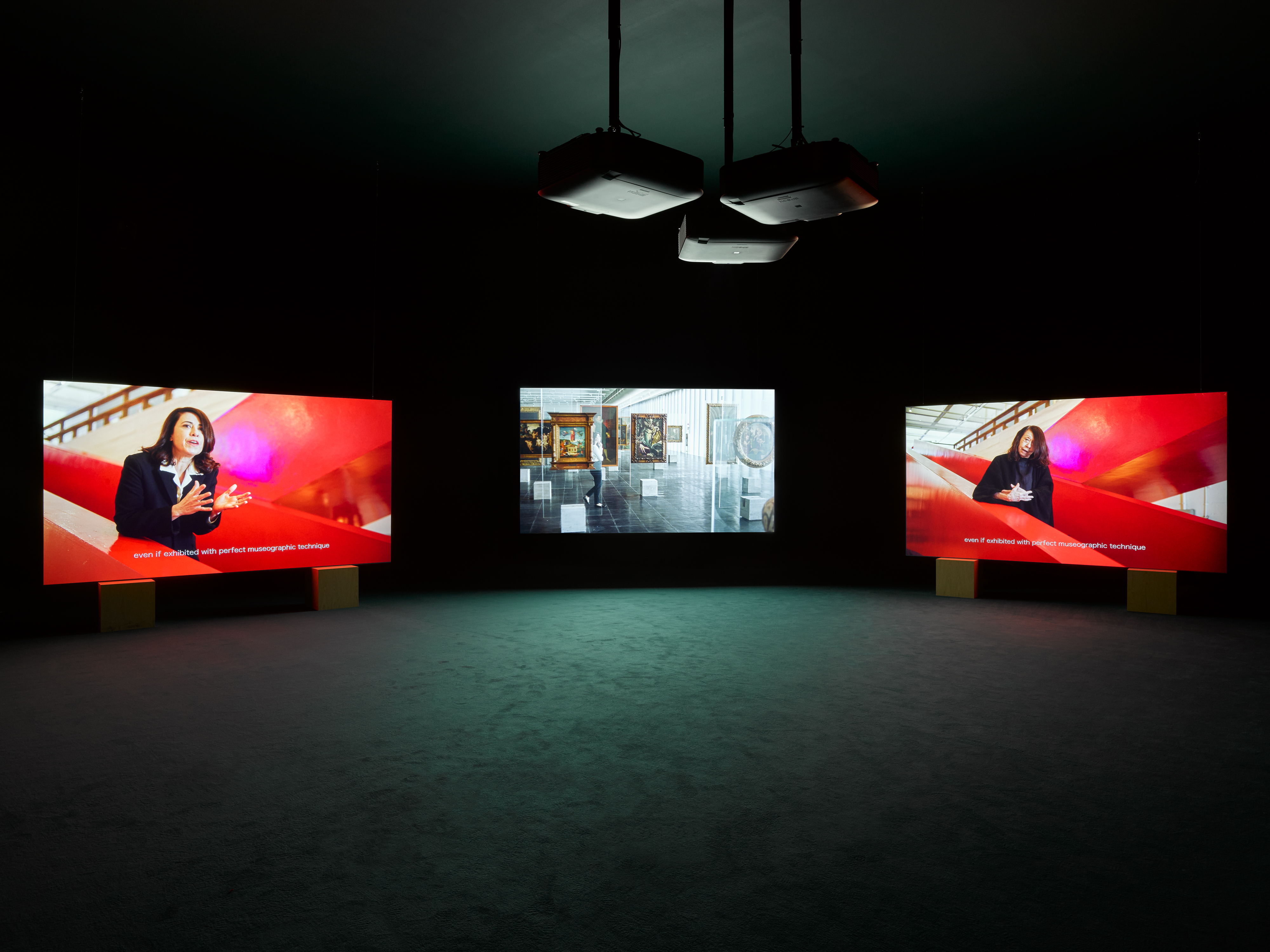
Installation view, Isaac Julien, Lina Bo Bardi – A Marvellous Entanglement, Tate Britain, 2023
The exhibition design by Adjaye Associates encourages the viewer to explore the space and walk in and out of the film works, which total about 4.5 hours (Tate also allows re-entry to the exhibition). The approach is in line with a theory of a mobile spectator that the artist has been developing in his practice, pushing the boundaries of how audiences engage with film and installation art. Another dimension to Julien’s work is sound, which he says is ‘50 per cent of the work’. Music plays a huge role in his films, as does the sound design, which adds to their transcendental quality.
Receive our daily digest of inspiration, escapism and design stories from around the world direct to your inbox.
‘I think we’ve tried to create this sort of sonic tapestry, which whether it’s early work like Territories (1984) emulating scratch music… [or] Lina Bo Bardi - A Marvellous Entanglement (2019), which is about the influence that the Italian architect had on Brazilian and Afro Brazilian culture [but also] the effect Afro Brazilian culture had on the architect. What does it sound like? What does it signify or how does it feel to be in that culture?’
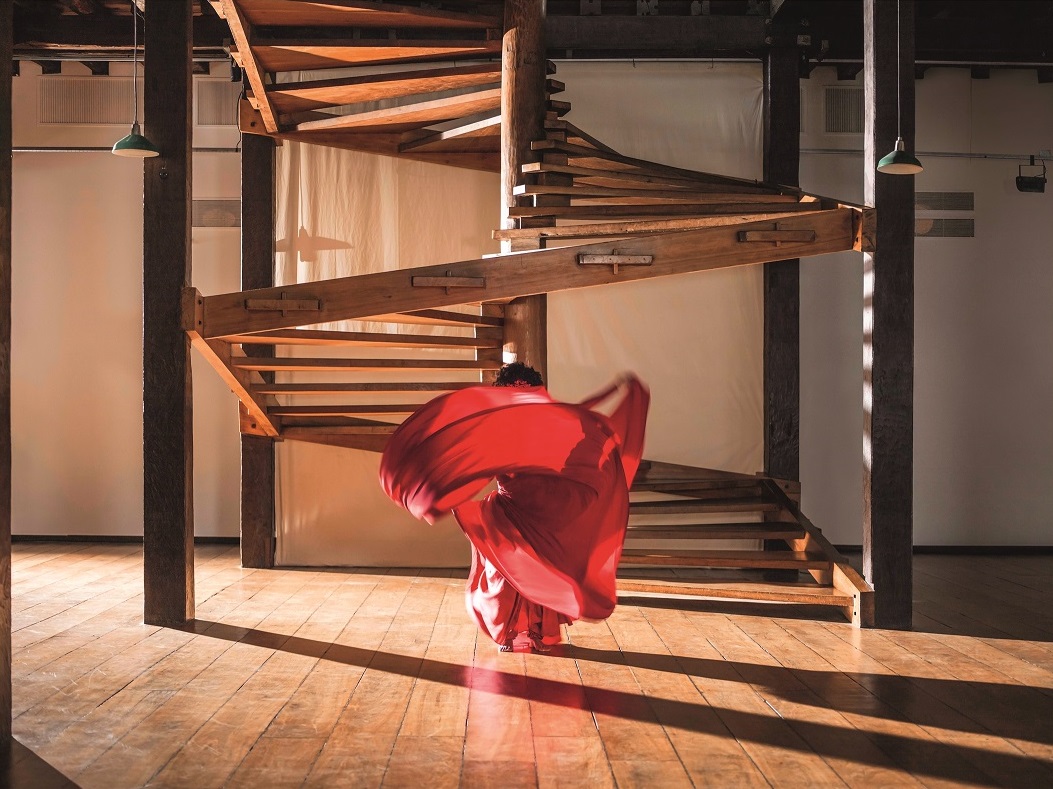
Isaac Julien, O que é um museu? / What is a Museum? (Lina Bo Bardi - A Marvellous Entanglement) 2019. Endura Ultra photograph facemounted
This interconnectedness is palpable throughout the exhibition, from the collaborators with whom Julien (a 2021 Wallpaper* Design Awards judge) has worked throughout his career to the themes that recur via his own timeline; histories and narratives are questioned in a way that informs but never feels didactic. You can learn a lot from these deeply researched works, but you can also experience the joy and the beauty in them and realise, in this life, how important these things are.
Isaac Julien, ‘What Freedom Is to Me’, Tate Britain, London, 26 April – 20 August 2023

Isaac Julien, What Freedom is to me - Homage, 2022. Inkjet print on Canson Platine Fibre Rag
Amah-Rose Abrams is a British writer, editor and broadcaster covering arts and culture based in London. In her decade plus career she has covered and broken arts stories all over the world and has interviewed artists including Marina Abramovic, Nan Goldin, Ai Weiwei, Lubaina Himid and Herzog & de Meuron. She has also worked in content strategy and production.
-
 Everything to look forward to in fashion in 2026, from (even more) debuts to the biggest-ever Met Gala
Everything to look forward to in fashion in 2026, from (even more) debuts to the biggest-ever Met GalaWallpaper* looks forward to the next 12 months in fashion, which will see the dust begin to settle after a year of seismic change in 2025
-
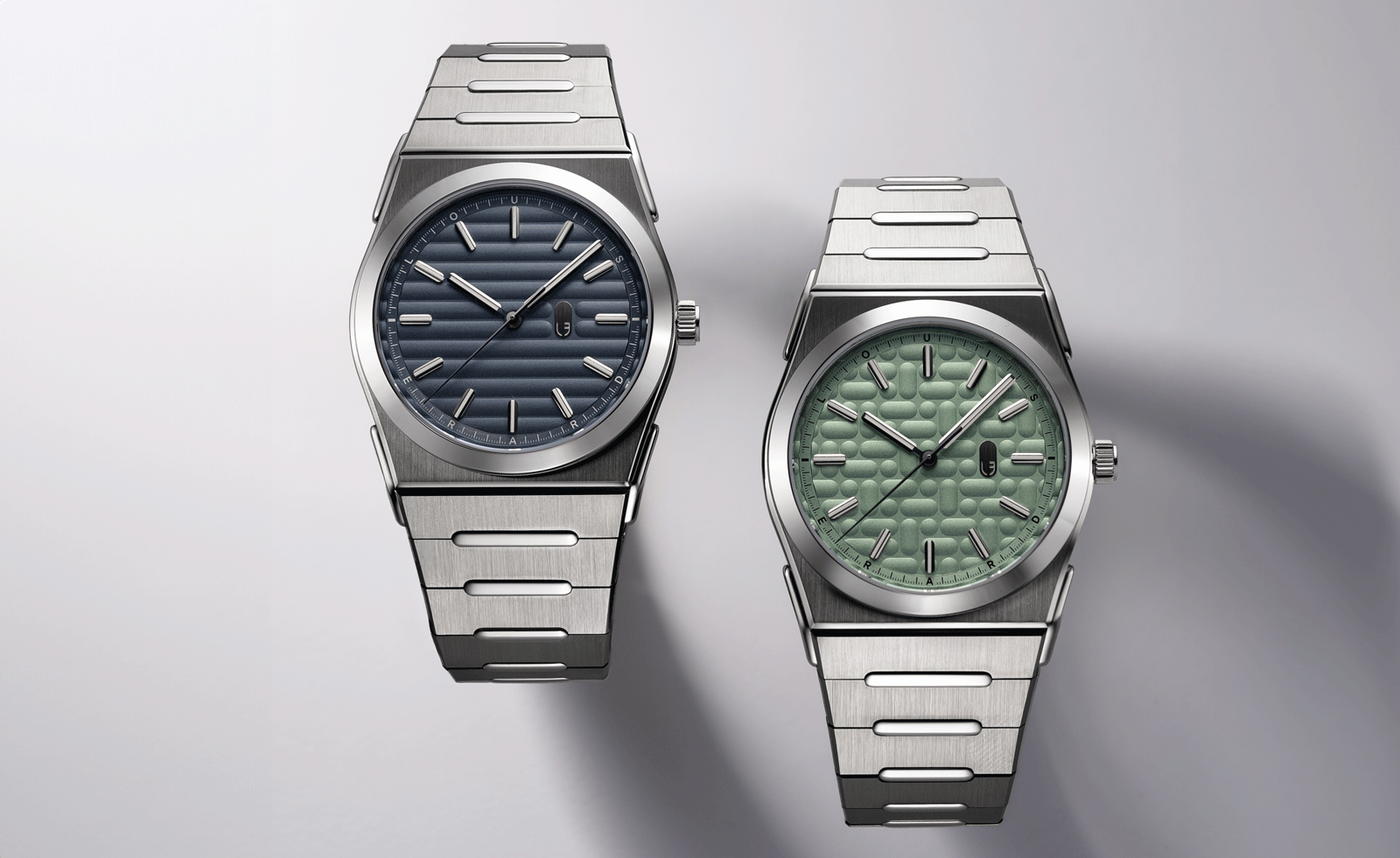 Five watch trends to look out for in 2026
Five watch trends to look out for in 2026From dial art to future-proofed 3D-printing, here are the watch trends we predict will be riding high in 2026
-
 Five travel destinations to have on your radar in 2026
Five travel destinations to have on your radar in 2026The cultural heavyweights worth building an itinerary around as culture and creativity come together in powerful new ways
-
 Out of office: The Wallpaper* editors’ picks of the week
Out of office: The Wallpaper* editors’ picks of the week'Tis the season for eating and drinking, and the Wallpaper* team embraced it wholeheartedly this week. Elsewhere: the best spot in Milan for clothing repairs and outdoor swimming in December
-
 Out of office: The Wallpaper* editors’ picks of the week
Out of office: The Wallpaper* editors’ picks of the weekFar from slowing down for the festive season, the Wallpaper* team is in full swing, hopping from events to openings this week. Sometimes work can feel like play – and we also had time for some festive cocktails and cinematic releases
-
 The Barbican is undergoing a huge revamp. Here’s what we know
The Barbican is undergoing a huge revamp. Here’s what we knowThe Barbican Centre is set to close in June 2028 for a year as part of a huge restoration plan to future-proof the brutalist Grade II-listed site
-
 Out of office: The Wallpaper* editors’ picks of the week
Out of office: The Wallpaper* editors’ picks of the weekIt’s wet, windy and wintry and, this week, the Wallpaper* team craved moments of escape. We found it in memories of the Mediterranean, flavours of Mexico, and immersions in the worlds of music and art
-
 Each mundane object tells a story at Pace’s tribute to the everyday
Each mundane object tells a story at Pace’s tribute to the everydayIn a group exhibition, ‘Monument to the Unimportant’, artists give the seemingly insignificant – from discarded clothes to weeds in cracks – a longer look
-
 Out of office: The Wallpaper* editors’ picks of the week
Out of office: The Wallpaper* editors’ picks of the weekThis week, the Wallpaper* team had its finger on the pulse of architecture, interiors and fashion – while also scooping the latest on the Radiohead reunion and London’s buzziest pizza
-
 Out of office: The Wallpaper* editors’ picks of the week
Out of office: The Wallpaper* editors’ picks of the weekIt’s been a week of escapism: daydreams of Ghana sparked by lively local projects, glimpses of Tokyo on nostalgic film rolls, and a charming foray into the heart of Christmas as the festive season kicks off in earnest
-
 Wes Anderson at the Design Museum celebrates an obsessive attention to detail
Wes Anderson at the Design Museum celebrates an obsessive attention to detail‘Wes Anderson: The Archives’ pays tribute to the American film director’s career – expect props and puppets aplenty in this comprehensive London retrospective